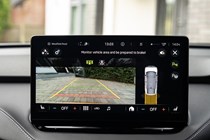Parking is one of the essential driving skills, but it’s becoming harder and harder. That’s because cars are getting bigger, but parking spaces aren’t. Visibility out of the back of many cars isn’t great either, compounding the difficulty. Even if you’re really confident in your parking ability, you might find you often need help to slot into a space. And that’s where parking sensors come in.
Parking sensors are fitted to the vast majority of new cars sold in the UK, and you’ll also find them on many older used cars. They’re always at the back of the car to help out with reversing; many cars have them at the front, as well.
In this guide, we’re going to explain everything you need to know about parking sensors, how they work, the pros and cons of using them and how to make the most of them.
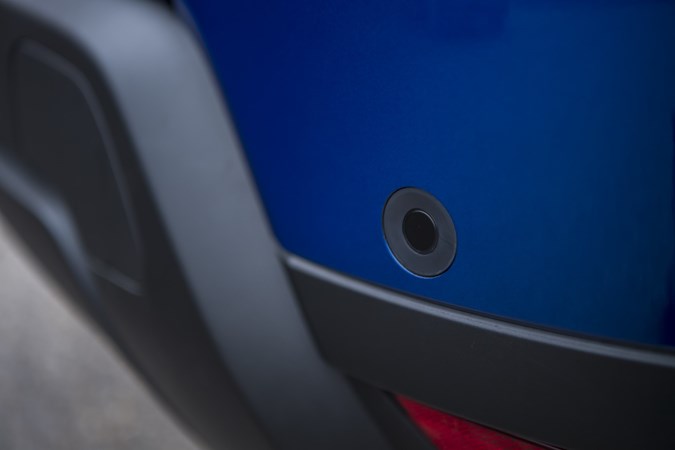
How do parking sensors work?
Parking sensors are one of the most common driver assistance features. You can easily spot if a car has them by the series of small circles on the bumpers. Those circles are the sensors that send out electromagnetic or ultrasonic waves to detect nearby objects. The information is sent to a computer that builds up an image of the car’s surroundings.
Engage reverse and the system will sound a beeping warning when the car comes within a certain range of those surroundings. The beeping speeds up the closer you get; when it becomes a single tone, you’re as close as the system deems safe.
Front parking sensors work in exactly the same way and are usually activated if the car’s moving forward below a certain speed. There are some cars in which the front sensors only work after reversing.
Some parking sensor systems can only ‘see’ directly in front of or behind the car, others have a wide-angle view. Many cars combine parking sensors with a rear-view camera and/or a graphic showing how close the car is to an object.
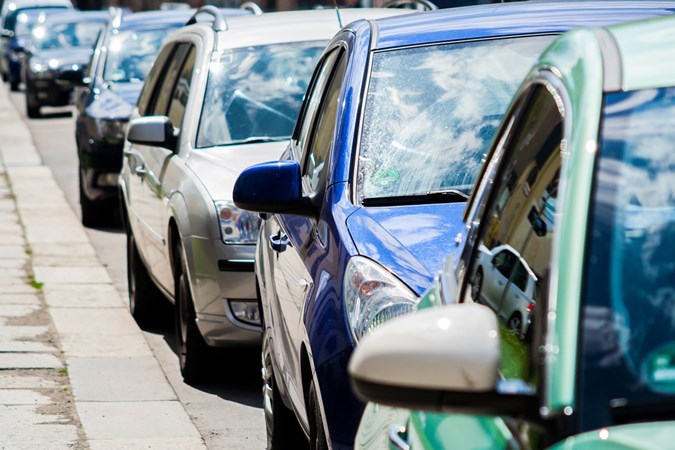
What are the pros of parking sensors?
The size and shape of many cars makes it difficult to see their extremities from the driver’s seat, particularly in large SUVs. That can make parking and manoeuvring in tight spaces really challenging. Parking sensors are massively helpful in those situations.
They help you get into a smaller parking space than you might have felt able to tackle unassisted and allow you to get really close to an object if you need to.

What are the cons of parking sensors?
There aren’t many downsides to using parking sensors. Some people find the beeping sound annoying, but that can usually be turned off if you don’t want to hear it. However, the beeping may be the only indication of how close the car is to its surroundings.
The bigger problem is that it’s possible to become too reliant on parking sensors and lose some sense of spatial awareness as it relates to your car. While parking sensors are very helpful, they’re not a substitute for the rear-view mirrors and some awareness of where the four corners of your car are.
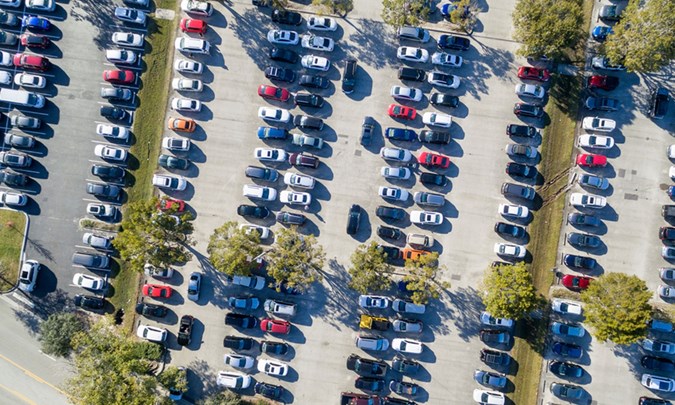
Tips for using parking sensors
Parking sensors should always be used in conjunction with a car’s mirrors and your own sense of where its front and back ends are. Adding a blind spot mirror can be helpful.
It’s a useful exercise to reverse up to a wall until the parking sensor warning becomes a single tone. At that point, stop and get out to have a look at how close the wall actually is. Then you’ll know what safety margin is built into the system and how far beyond that you can safely go.
Some car manufacturers build in quite a big safety margin, so you might have to get used to the system panicking if you’re manoeuvring in a particularly tight spot.
Parking sensors don’t know if a tow bar is fitted, adding a few inches to the length of the car. If you have one, give yourself a bit more room when reversing. Same goes for bike racks.
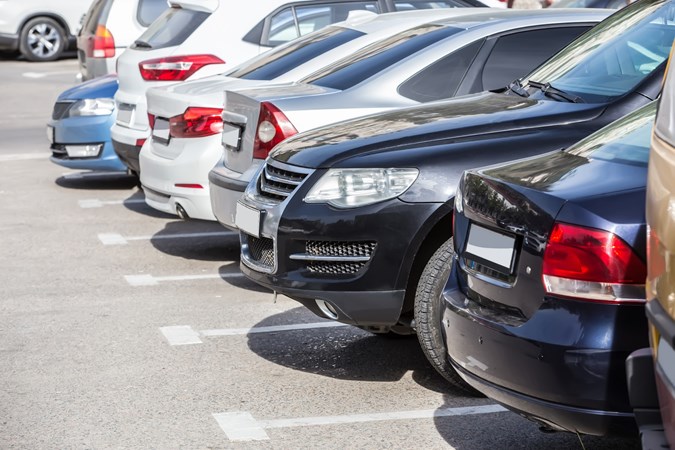
My car doesn’t have parking sensors, what can I do?
There are aftermarket parking sensor kits available that are suitable for pretty much any car. A kit includes the sensors, adhesive to fix them to the bumpers, a beeper for the warning and all the necessary wiring. Most kits are advertised as DIY, but we recommend getting a garage or auto electrician to fit them for you.
Are there any other parking aids?
As of 2023, most new cars sold in the EU must be fitted with a reversing camera; many older cars have one, as well. Guidelines on the image show where to steer and how close the car is to its surroundings. Aftermarket reversing cameras that can be fitted to any car are also available.
‘Surround view’ systems use sensors and/or cameras to generate a 360-degree image of the car’s surroundings. The image is shown on the car’s display screen when manoeuvring and it can be a big help.
Front and rear cross traffic alert apply the brakes automatically if a pedestrian or vehicle gets too close to the car while it’s manoeuvring into or out of a parking space.
Automatic parking systems can park the car with limited input from the driver. Some cars just steer while the driver deals with the throttle, brakes and gears but more sophisticated systems are entirely automated. We’ve found the effectiveness of such systems to be highly variable.

FAQs
How do I know if my car has parking sensors?
The easiest way to tell if a car has parking sensors is to look for circles a centimetre or two in diameter on the back bumper. The circles are the sensors. If you’re still not sure, reverse the car towards a solid object and listen for the beeping warning.
Do parking sensors come on automatically?
Yes, they do. Rear parking sensors are activated when you engage reverse and start sounding when you get close to whatever’s behind. Front parking sensors are activated when you get close to an object below a certain speed, or when you move forward after reversing.
The vast majority of cars with parking sensors allow you to turn them off. There’s a button on the dashboard or centre console, or you’ll find the option in one of the infotainment system’s menus.

Do you really need parking sensors?
There’s an argument that no-one actually needs parking sensors because you should know where the extremities of your car are. However, given the size and shape of many cars, that’s not always possible. We find parking sensors are extremely helpful, especially in large cars or ones with poor rear visibility. But you shouldn’t solely rely on the sensors to park your car. They’re just an aid in conjunction with the mirrors and your own sense of spatial awareness.
Looking for more jargon-busting motoring meanings? Head over to our Parkers Car Glossary page and take a look at our other definitions
Just so you know, we may receive a commission or other compensation from the links on this website - read why you should trust us.





